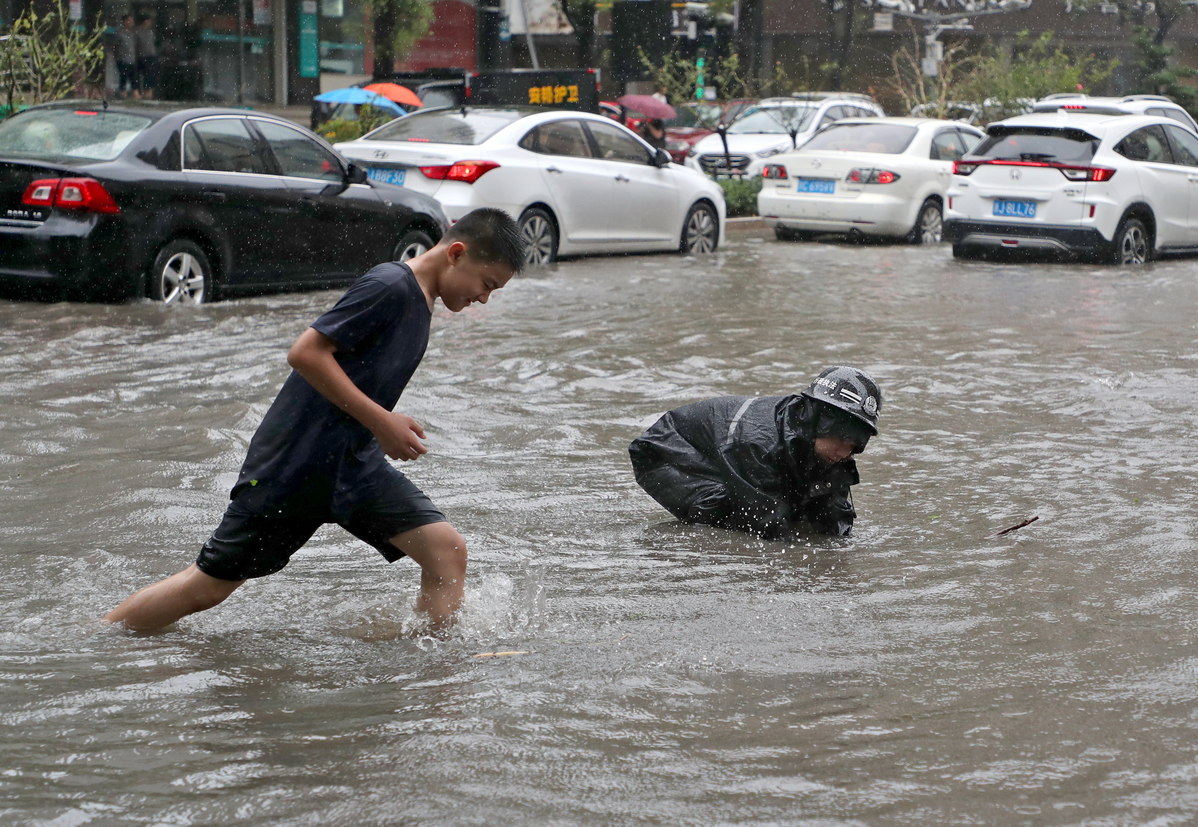North China about to get its turn with heavy rains


Meanwhile, temperatures in southern China will remain high until Monday and could reach 40 C.
"The temperature in the south will be 1 to 2 C higher than the historic average," Zhao said. "High temperatures and high humidity will affect health as well as water and electricity supply."
On Tuesday, Hagupit, the fourth typhoon this year, landed in Yueqing, Zhejiang province.
The typhoon will move north through Zhejiang and Jiangsu provinces at 20 kilometers per hour as it subsides. It will leave Jiangsu on Wednesday and enter the Yellow Sea before moving toward the western coast of the Korean Peninsula, according to the administration.
The typhoon has brought heavy rain and gales to Wenzhou city in Zhejiang. On Tuesday, the administration issued an orange alert for the storm-the second highest of the four-tier color-coded warning system-alerting all ferry services in regions with high risks to suspend services.
Jia Xiaolong, deputy head of the National Climate Center, said that four to six typhoons are expected to happen in August. As many as three may make landfall in China, and they are less likely to be very strong.
"Typhoons can bring natural disasters as well as advantages. For example, they can bring rains and relieve heat waves and droughts in southern areas," he said.
- Shanghai, New York deepen partnership at river-themed dialogue
- Teen donates to preserve war truths in Nanjing
- 430kg cocaine seized at Shenzhen Port in joint China-US drug bust
- Stealth drone's trial lands desired results
- China grants first Level-3 autonomous driving vehicle permits
- AI-led model aids cultural relic restoration and boosts tourism





































